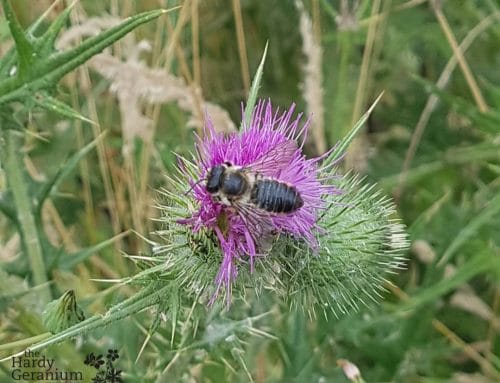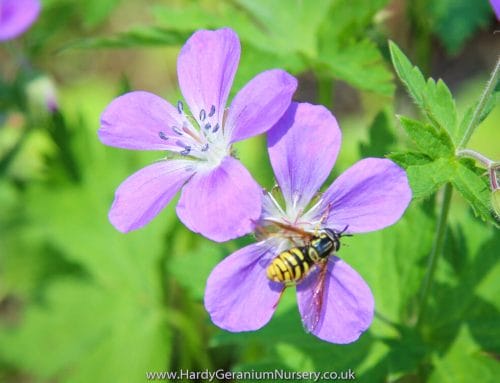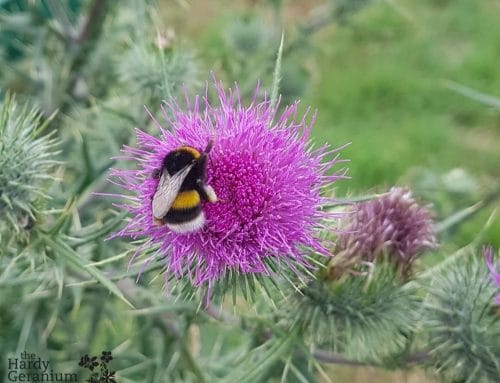Lacewings are a group of insects that belong to the family Chrysopidae. They are known for their delicate and lacy wings, which are characterized by intricate patterns of veins. These insects are found all over the world, and they play an important role in the ecosystem as predators of other insects.
Lacewings are typically green or brown in colour, although some species can be yellow or white. They have long antennae, and their large compound eyes are well-adapted to hunting in low light conditions. They are also known for their long, slender legs and delicate, translucent wings, which are covered in a network of veins.
Lacewings undergo a complete metamorphosis, which means that they go through four distinct stages in their lifecycle: egg, larva, pupa, and adult. The eggs are typically laid on the undersides of leaves, and the larvae that hatch from them are voracious predators that feed on a variety of other insects, including aphids, mites, and caterpillars. After several weeks of feeding, the larvae spin cocoons and enter the pupal stage, where they undergo a period of transformation before emerging as adults.
Lacewings are found in a wide range of habitats, from forests and meadows to gardens and agricultural fields. They are distributed all over the world, although some species are more common in certain regions. In general, lacewings prefer warm, humid environments, and they are most active during the evening and night-time hours.
Lacewings are important predators of other insects, particularly aphids, which are known for their destructive impact on crops and other plants. By preying on aphids and other pests, lacewings help to regulate their populations and prevent them from causing widespread damage. In addition, lacewings are themselves a food source for a variety of other animals, including birds and small mammals.
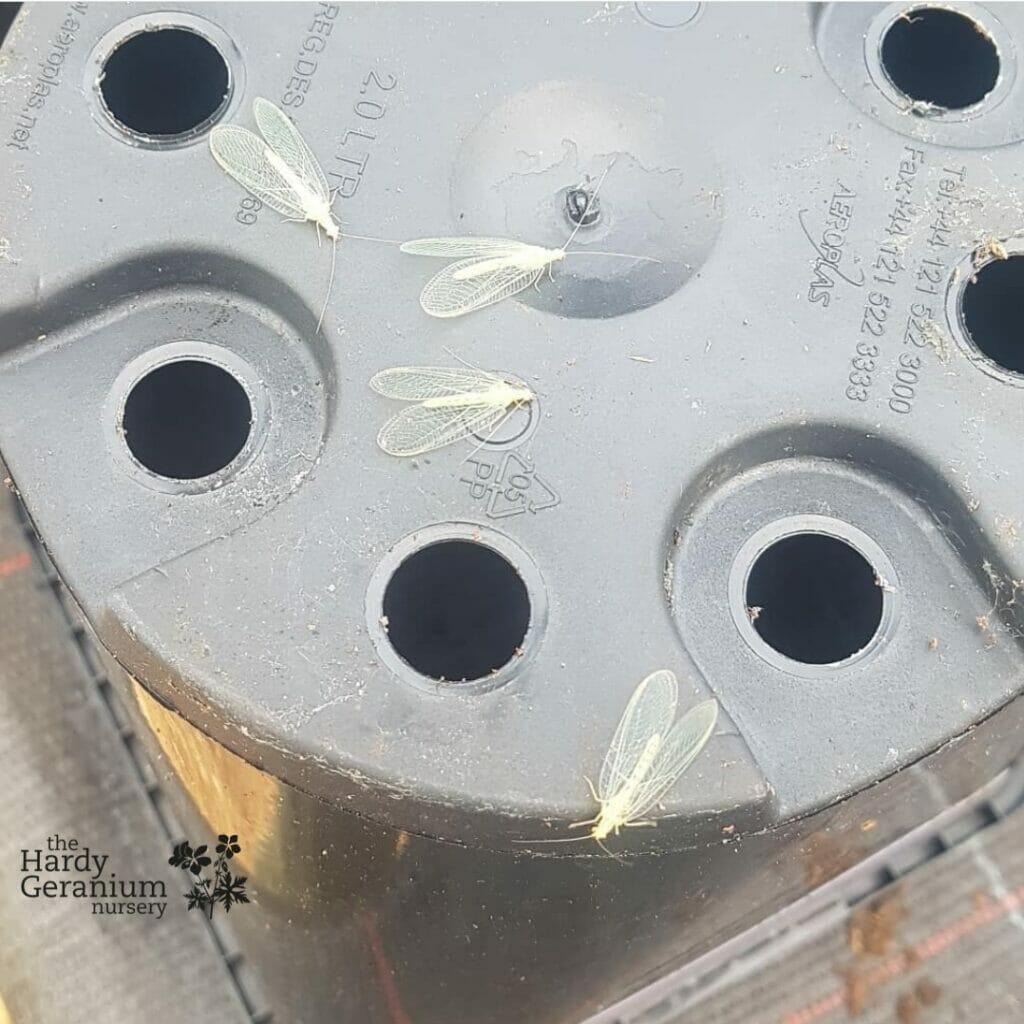
Lacewings resting amongst pots
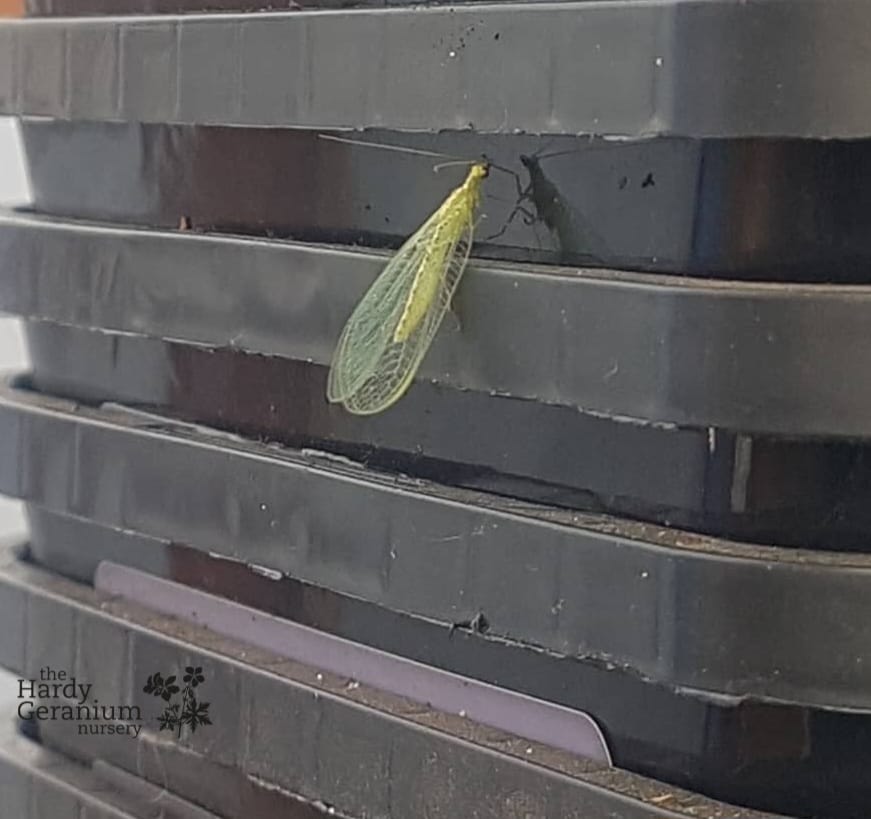
Lacewing resting on pots
You can read more about Beneficial Insects here.
This article has been written in association with ChatGPT

